In this article, we will strive to give you information about the navel orange, such as its season availability that may help you.
navel orange size
The flesh of a navel orange is both sweet and juicy, with a thick, bright orange skin. Winter is the season for harvesting navel oranges. They are delicious raw, in salads, desserts, and sauces, and they can also be used as a cooking ingredient. Which Orange Family Do Navel Oranges Belong To? Citrus sinensis is the species from which all orange cultivars, including Cara Cara, blood oranges, and Valencia oranges, are derived. This species also includes navel oranges, which are a winter cultivar. Navel oranges are oranges that are harvested during the winter. A navel orange has a rind that is medium to thick in thickness, bright orange in color, and slightly pebbly in texture. The shape of a navel orange is round or slightly oval, and its diameter ranges from three to four inches. The pith is located just below the rind and is translucent and easy to separate from the fruit. The actual fruit contains no seeds and is made up of ten to twelve sections of tender, juicy flesh. The flavor is sweet, tangy, and tart, with a low acidity level. Although whole sweet orange cultivation dates back thousands of years, the first navel orange tree was discovered in Brazil in 1820. Despite the fact that whole sweet orange cultivation dates back even further, They got their name from a small depression on the exterior of the rind, which is located on the opposite end of the fruit from where the stem is. The depression is located at the opposite end of the fruit from where the stem is. This depression is said to resemble a human’s navel. Because of a genetic mutation, the fruit you’re looking at is actually a “twin” fruit that hasn’t yet reached its full potential. Because navel oranges do not produce seeds, they must be grown by grafting, which involves affixing a flowering bud to the trunk of another tree. This enables the navel orange to spread. Although navel oranges can be purchased from November through June, the months of January and February are thought to be the best. In addition to their zest, they are extracted for their juice and zest, and they are used in cooking. They can also be consumed raw. Peeling them isn’t difficult because their skin is so thick. 
navel orange calories
Navel oranges can be used in a variety of culinary applications, including, but not limited to, adding their zest and juice to baked goods, seasoning sauces and marinades, and slicing the fruit for salads. Other culinary uses for navel oranges include the following: Oranges are not typically used in the production of orange juice because their juice can become slightly bitter when exposed to oxygen due to the presence of a compound known as limonin. On the other hand, a very small amount of their juice can be extracted by squeezing and then used to make sauces and salad dressings. 1 However, because these fruits lack seeds in their structure, they are typically eaten directly from the hand. Because this is the most common way in which they are consumed, they are particularly well-suited for this application. The flavor of navel oranges does not have an overpowering presence of acidity; rather, their sweetness is well-balanced with tanginess and tartness, and there is not an excessive amount of acidity in their flavor. As previously stated, navel oranges contain a substance known as limonin. When this substance reacts with oxygen, it produces flavors that can be either bitter or sour, depending on the amount of oxygen present. However, this usually takes about a half hour of being exposed to oxygen. As a result, navel oranges that have been sliced or peeled and consumed within this time period should be unaffected by ethylene oxide. One navel orange serving size, equal to 100 grams, contains 87 percent water, 52 calories, and 12 grams of carbohydrates. Furthermore, this portion size contains 2 grams of fiber, less than 1 gram of protein, and no fat at all. Furthermore, the US Department of Agriculture recommends eating one navel orange per day because it contains 59 milligrams of vitamin C, which is equivalent to about 72 percent of the daily value. As a result, navel oranges are a particularly good source of the nutrient in question. 2 Oranges from the navel are extremely versatile and can be used in a variety of dishes, including salads, desserts, and sauces. In most cases, you can substitute other types of oranges for navel oranges in recipes that simply call for oranges without specifying which kind. There are, however, some exceptions to this rule. Navel oranges are available in grocery store produce sections as well as farmer’s markets from the beginning of winter to the beginning of spring. 
navel orange tree
Navel oranges are also available in other stores. Look for ones that are solid and heavy, have a bright orange color, and do not have any soft or mushy spots on the surface. It is critical to store navel oranges in a dry place with cool or cold temperatures. The crisper drawer in the refrigerator should be set to low humidity, and the vent should be fully opened to ensure that navel oranges are stored in the best possible environment. In contrast to their shelf life at room temperature, which is no more than a week at most, they will remain edible for three to four weeks when stored in the refrigerator. Because the Valencia variety is a popular type of orange, oranges of the navel variety are frequently contrasted with oranges of the Valencia variety. Valencia oranges are a summer variety of sweet orange with thinner, more delicate skin than their winter counterparts. Furthermore, the juice content of Valencia oranges is higher. They are the type of orange that is typically chosen for use in the production of orange juice because they contain a lower concentration of the compound that causes bitterness. This is because they contain a lower concentration of the compound that causes bitterness. The “navel” is a circular opening on the blossom stem end of a navel orange that is easily identifiable. A navel orange’s diameter is typically between 6 and 10 centimeters, but it can range from medium to large. Their diameters range between six and ten centimeters, and their shapes range from globular to slightly oval. The rind’s green color changes to a vibrant orange hue as the fruit ripens, and its thickness is about average. It has the consistency of small pebbles and is smooth to the touch due to the large number of oil glands spread across its surface. A layer of white pith adheres to the flesh but can be easily peeled away and has a spongy consistency beneath the most superficial layer of the rind. The pith can be removed even though it is attached to the flesh. 
navel orange fruit
The flesh is juicy, tender, and seedless, and the color ranges between pale yellow and orange. Furthermore, it is divided into ten to twelve parts by membranes of varying thickness. Navel oranges have a low level of acidity in addition to a pleasant aroma and flavor. Because of their low acidity, navel oranges have a flavor profile that is well-balanced across the sweet, sour, and tangy flavor spectrum. Citrus sinensis, also known as navel oranges, belongs to the Rutaceae family, also known as the citrus family. Navel oranges are a Rutaceae family winter variety. The cultivation of navel oranges necessitates the use of evergreen trees that can reach heights of more than six meters. Because navel oranges do not produce seeds, they must be propagated by grafting onto other citrus trees. As a result, all navel orange trees are clones of the first navel orange tree, which was discovered in Brazil in 1820. Navel oranges are produced by cloned trees. The blossom stem end of Navel oranges usually has several small openings known as “navels.” These openings distinguish Navel oranges from other types of oranges. A genetic mutation causes a secondary orange to grow within the larger fruit, resulting in these tiny holes. This mutation is responsible for the larger fruit’s formation. Oranges of the Navel variety are the most popular choice for fresh consumption; however, chefs of all levels frequently use them in the kitchen to zest citrus fruits, flavor sauces, and decorate dishes. In addition to calcium, beta-carotene, potassium, and vitamin A, navel oranges are also high in vitamin C, dietary fiber, and thiamin. In addition, they contain beta-carotene. 
navel orange in hand
Although navel oranges can be eaten raw or cooked, the flavor of a freshly peeled and segmented navel orange is best experienced when eaten raw. Navel oranges are sweet and easy to peel, and they can be segmented and used in a variety of ways in the kitchen. Serving as a topping for green salads, an ingredient in smoothies, a garnish for cooked meats, or an addition to grain bowls topped with yogurt are just a few of the possibilities. The fruit can also be diced and mixed into salsa, served on top of vanilla ice cream, or topped with melted brie cheese on toast. Furthermore, the rind can be used to flavor sugars and salts. Cakes, curds, and doughs are all baked goods that can benefit from the addition of rind flavor. In addition to being consumed raw, navel oranges can be roasted, resulting in the formation of a sugary layer of caramelization. This can be used in place of using the navel oranges fresh. After that, you can flavor it with cinnamon and serve it as a dessert. Despite the fact that the fruit contains a significant amount of juice, it is strongly advised that you consume freshly squeezed Navel orange juice rather than the juice contained in the fruit itself. Because the juice contains an antioxidant called limonin, after about thirty minutes of exposure to air, the juice will begin to develop a taste that is either bitter or sour due to the presence of limonin in the juice. Strawberries, bananas, coconut, pomegranate seeds, dried fruit, cucumber, snap peas, cabbage, cilantro, red bell pepper, quinoa, honey, Greek yogurt, pecans, pine nuts, pistachios, sesame seeds, and various cuts of meat, such as poultry, pork, steak, and salmon, shrimp, and scallops, pair well with navel oranges. When Navel oranges were first introduced to California in the early 1870s, they provided the state with a seedless, sweet, and easy-to-consume variety of orange that thrived in the state’s warm daytime and cool nighttime temperatures.  All of these desirable qualities are still provided by nave oranges in California. The Navel orange won first place at the Southern California Horticultural Fair in 1878 and was honored for its achievement. By 1882, the state of California had more than 500,000 citrus trees, with the navel orange being one of the most cultivated orange varieties. Even today, navel oranges account for a significant portion of the state’s citrus industry. In addition to being eaten fresh, navel oranges have a variety of other uses. People in California use the peels of Navel oranges to whiten their teeth, remove odors, and reduce bad breath. California is the state where navel oranges are grown. A high vitamin C content, which is thought to help reduce muscle soreness and is another reason why it is popular, is one of the reasons why athletes consume it frequently. Another reason for its popularity is its low cost. A single orange was discovered developing on a laranja selecta tree in Brazil in 1820 as a result of a bud-sport mutation. The Navel orange was created as a result of this discovery. The seedlings were then transported to Florida in the 1830s, and they arrived in California in the early 1870s. Finally, in 1875, orange trees in the United States began producing fruit for the first time. Brazil, the United States of America, Paraguay, South Africa, Australia, Japan, and Spain are among the countries that grow Navel oranges. They are available for purchase in the vast majority of supermarkets, independent grocers, and other types of retail outlets in today’s modern society. We are committed to providing our consumers with fresh, high-quality fruit throughout the entire year. Please fill out a form on our website for further details.
All of these desirable qualities are still provided by nave oranges in California. The Navel orange won first place at the Southern California Horticultural Fair in 1878 and was honored for its achievement. By 1882, the state of California had more than 500,000 citrus trees, with the navel orange being one of the most cultivated orange varieties. Even today, navel oranges account for a significant portion of the state’s citrus industry. In addition to being eaten fresh, navel oranges have a variety of other uses. People in California use the peels of Navel oranges to whiten their teeth, remove odors, and reduce bad breath. California is the state where navel oranges are grown. A high vitamin C content, which is thought to help reduce muscle soreness and is another reason why it is popular, is one of the reasons why athletes consume it frequently. Another reason for its popularity is its low cost. A single orange was discovered developing on a laranja selecta tree in Brazil in 1820 as a result of a bud-sport mutation. The Navel orange was created as a result of this discovery. The seedlings were then transported to Florida in the 1830s, and they arrived in California in the early 1870s. Finally, in 1875, orange trees in the United States began producing fruit for the first time. Brazil, the United States of America, Paraguay, South Africa, Australia, Japan, and Spain are among the countries that grow Navel oranges. They are available for purchase in the vast majority of supermarkets, independent grocers, and other types of retail outlets in today’s modern society. We are committed to providing our consumers with fresh, high-quality fruit throughout the entire year. Please fill out a form on our website for further details. 
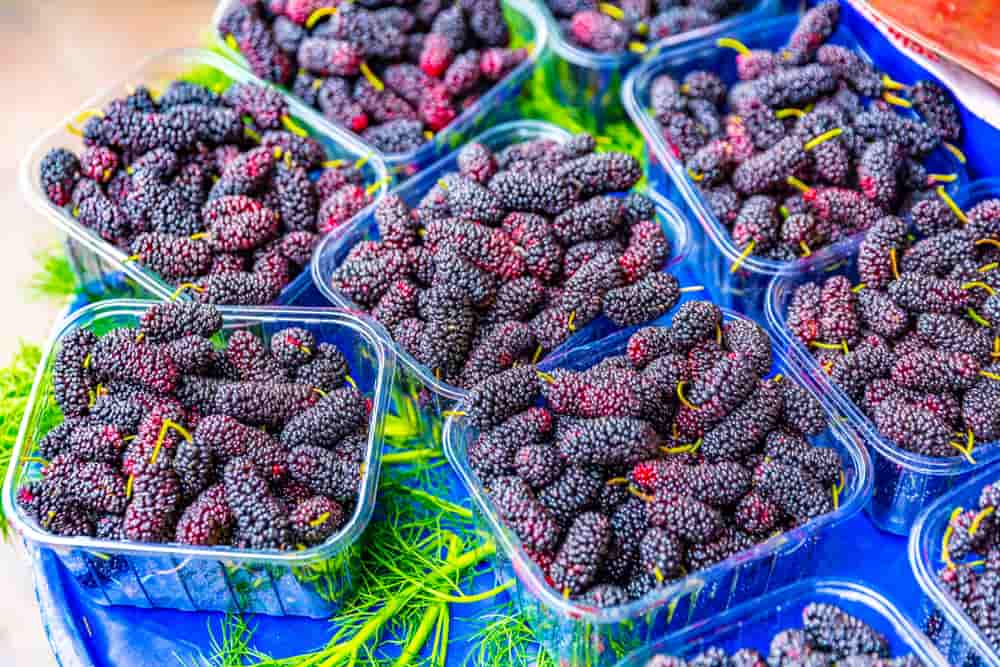
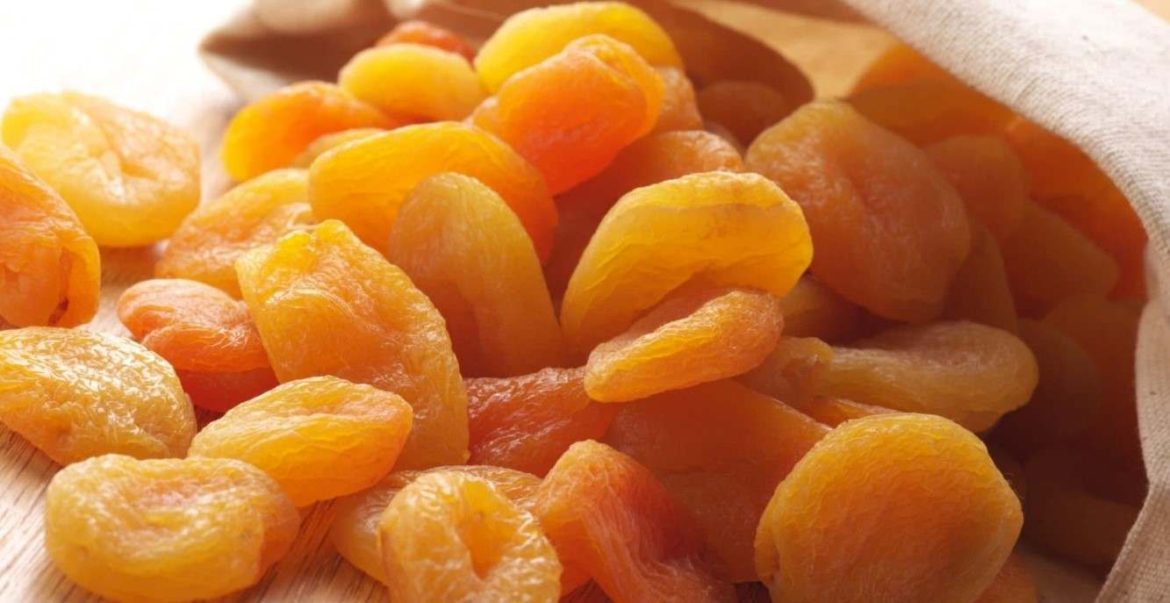
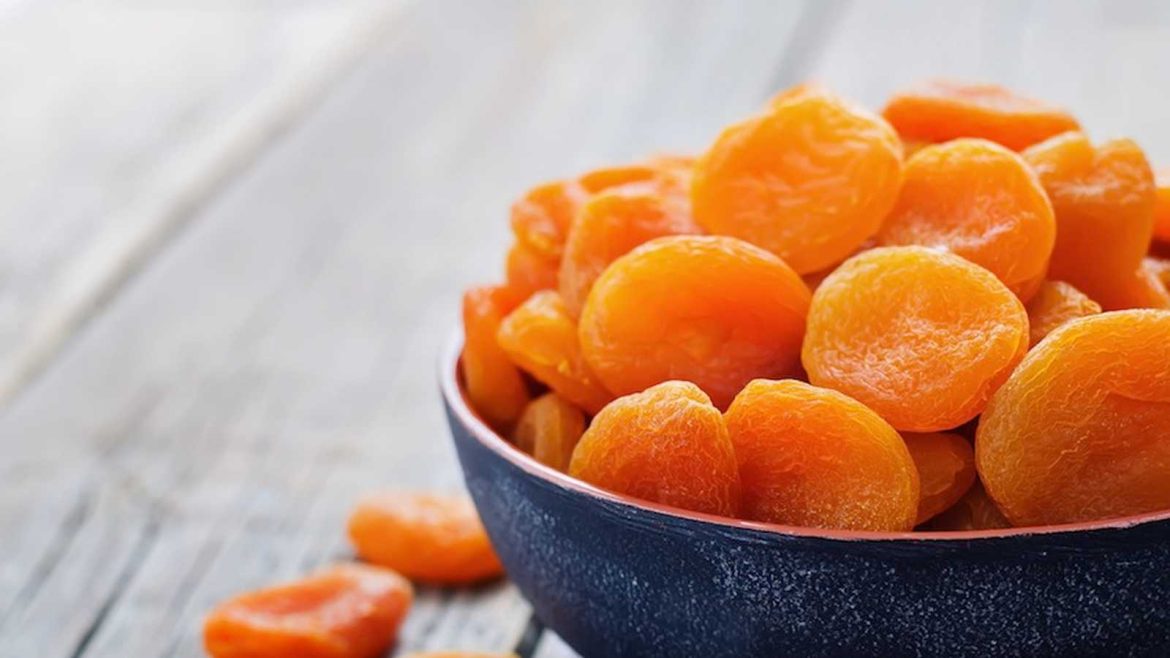
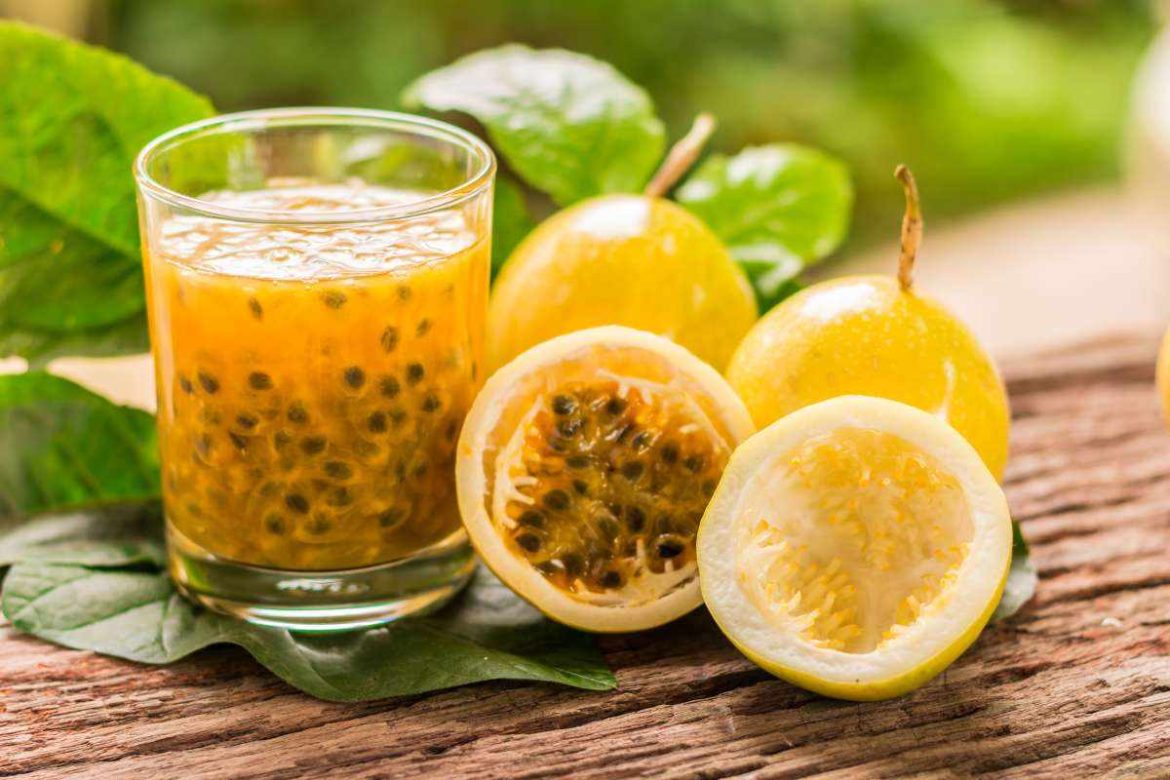

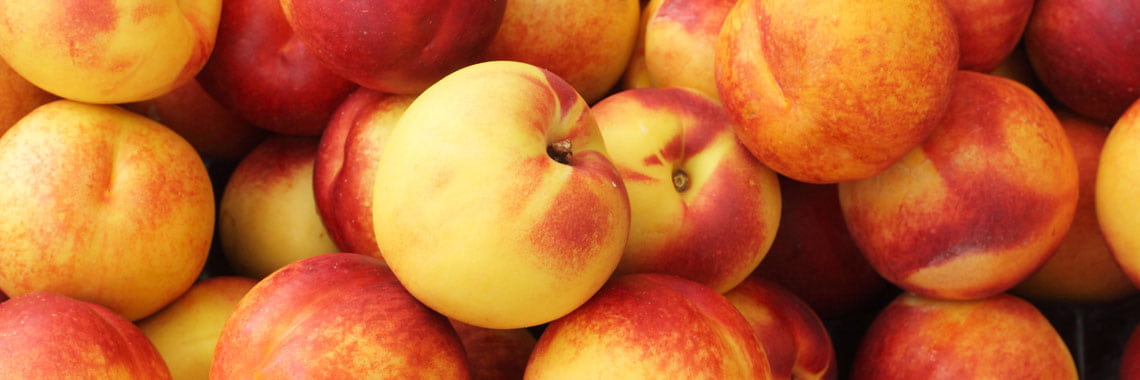
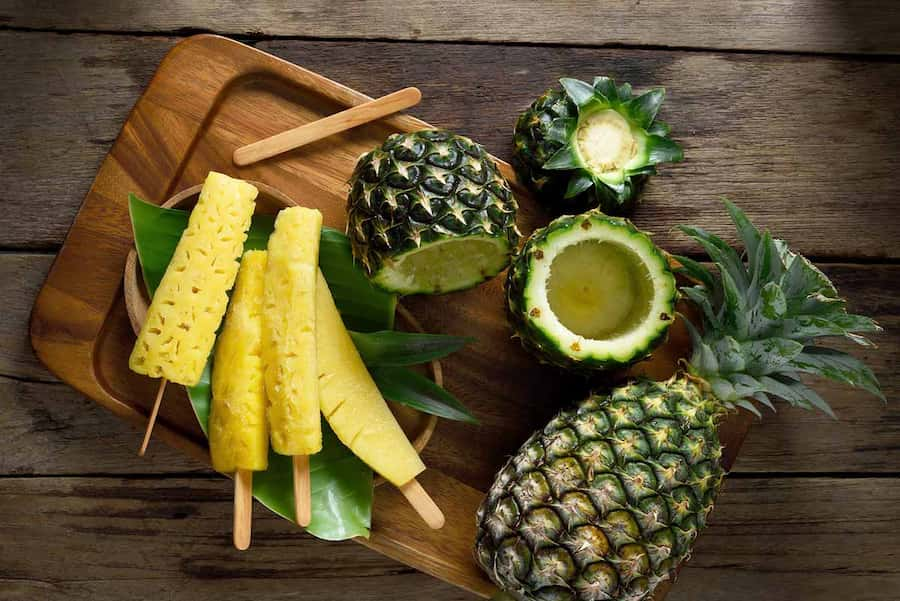
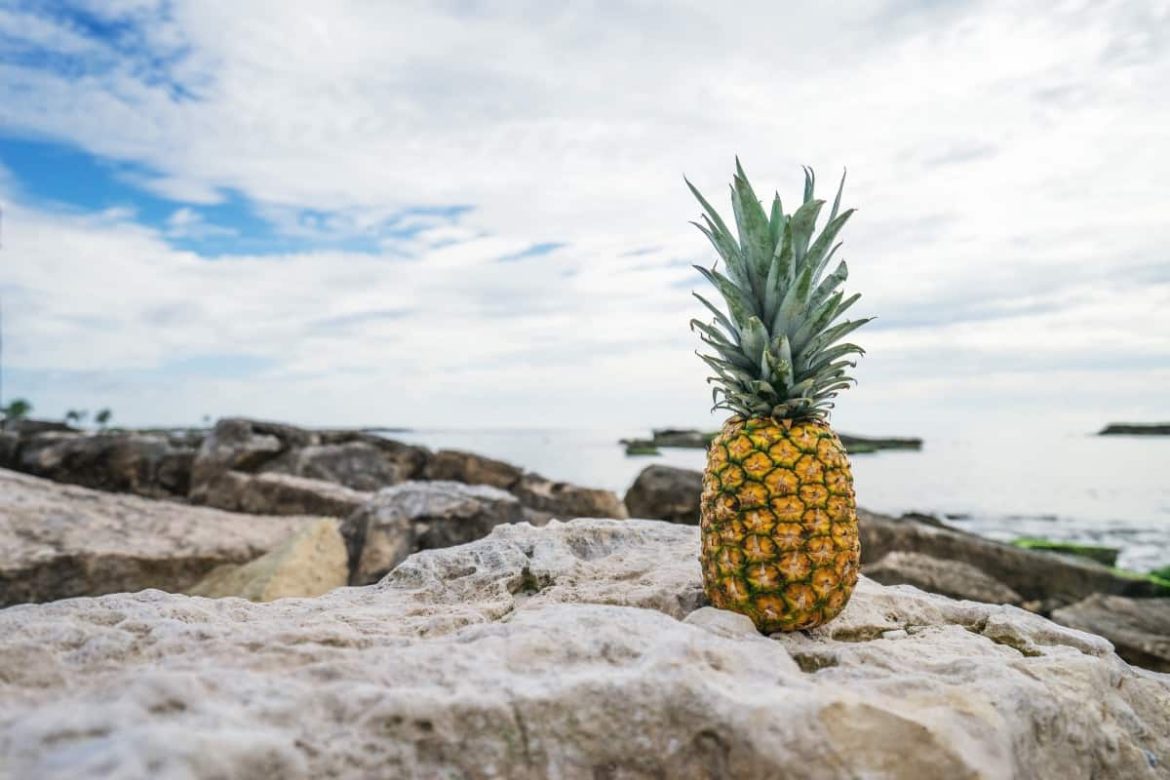
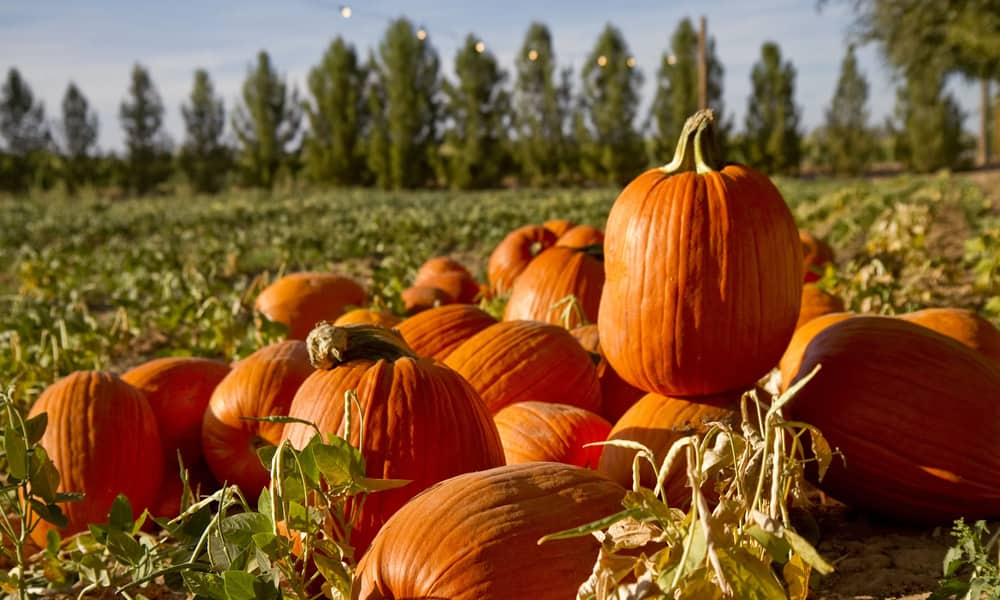
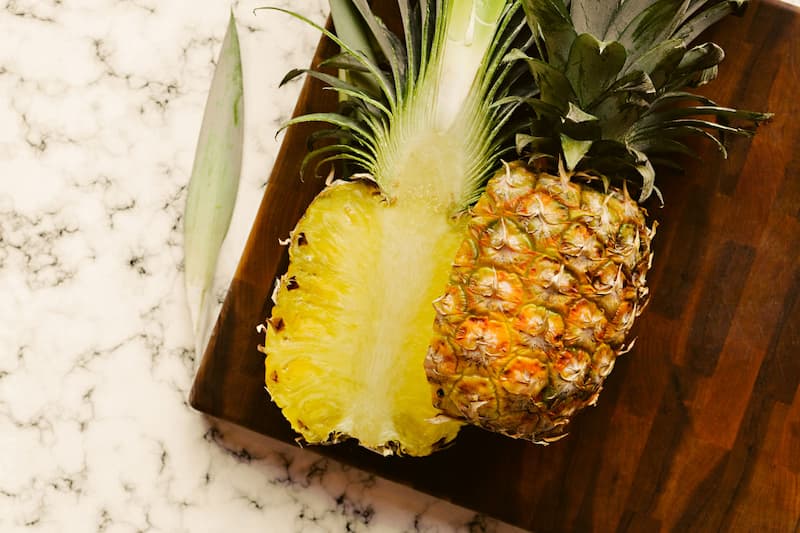
Your comment submitted.